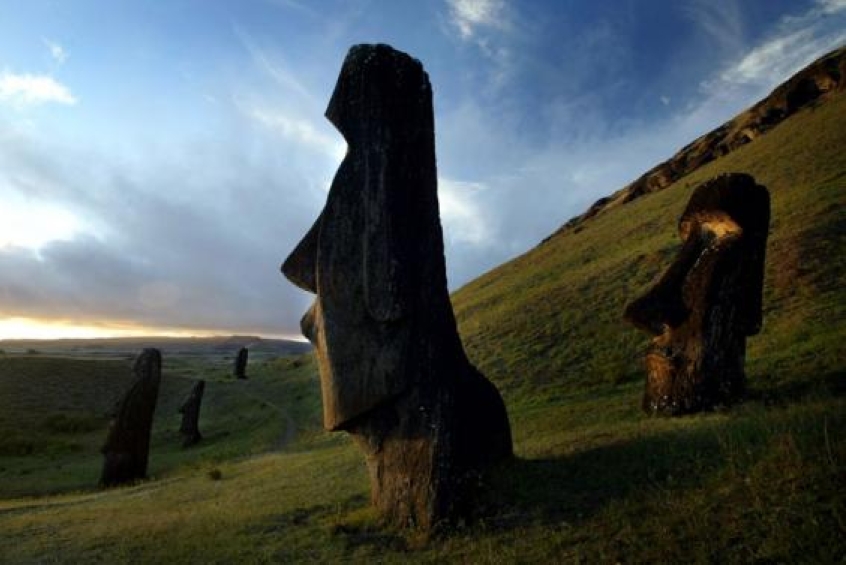
Researchers from the University of Auckland in New Zealand have unearthed evidence that could solve the mystery surrounding the collapse of the native civilisation on Easter Island.
The research suggested that the collapse could have been brought about by natural environmental conditions, rather than abuse of natural resources by the islanders or diseases brought by European settlers as proposed by previous studies.
"The results of our research were really quite surprising to me," lead researcher Dr Thegn Ladefoged told The Huffington Post in an email.
"In short, our research does not support the suggestion that societal collapse occurred prior to European contact due to physical erosion and productivity decline, but it does indicate that use of less optimal environmental regions changed prior to European contact."
According to Ladefoged's email to The Huffington Post, the research team arrived at the conclusion after analysing and dating unearthed tools and rocks that they found all over the island. The analysis and dating of the artifacts, which numbered 428, allowed the researchers to get a picture of how the natives consumed resources at different parts of the island.
The research was also able to determine that resources were not evenly distributed in the island, reinforcing the view that the collapse of the civilisation was brought about by constraints in the environment rather than by supposed abuse in erecting the giant stone statues that are all over the island.
"While we do not have direct population data, it is clear that people were reacting to regional environmental variation on the island before they were devastated by the introduction of European diseases and other historic processes," Ladefoged concluded in his email.
Scholars and researchers have argued for several years that the two possible causes of the collapse of Rapa Nui civilisation were either the overconsumption of the small island's resources or the diseases brought by the early European settlers.













